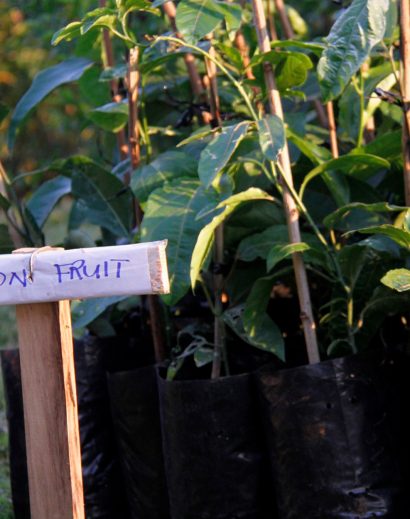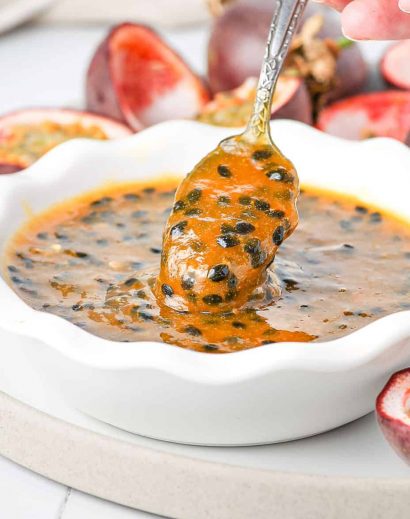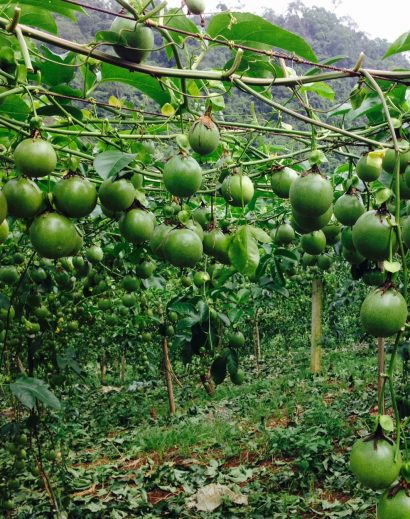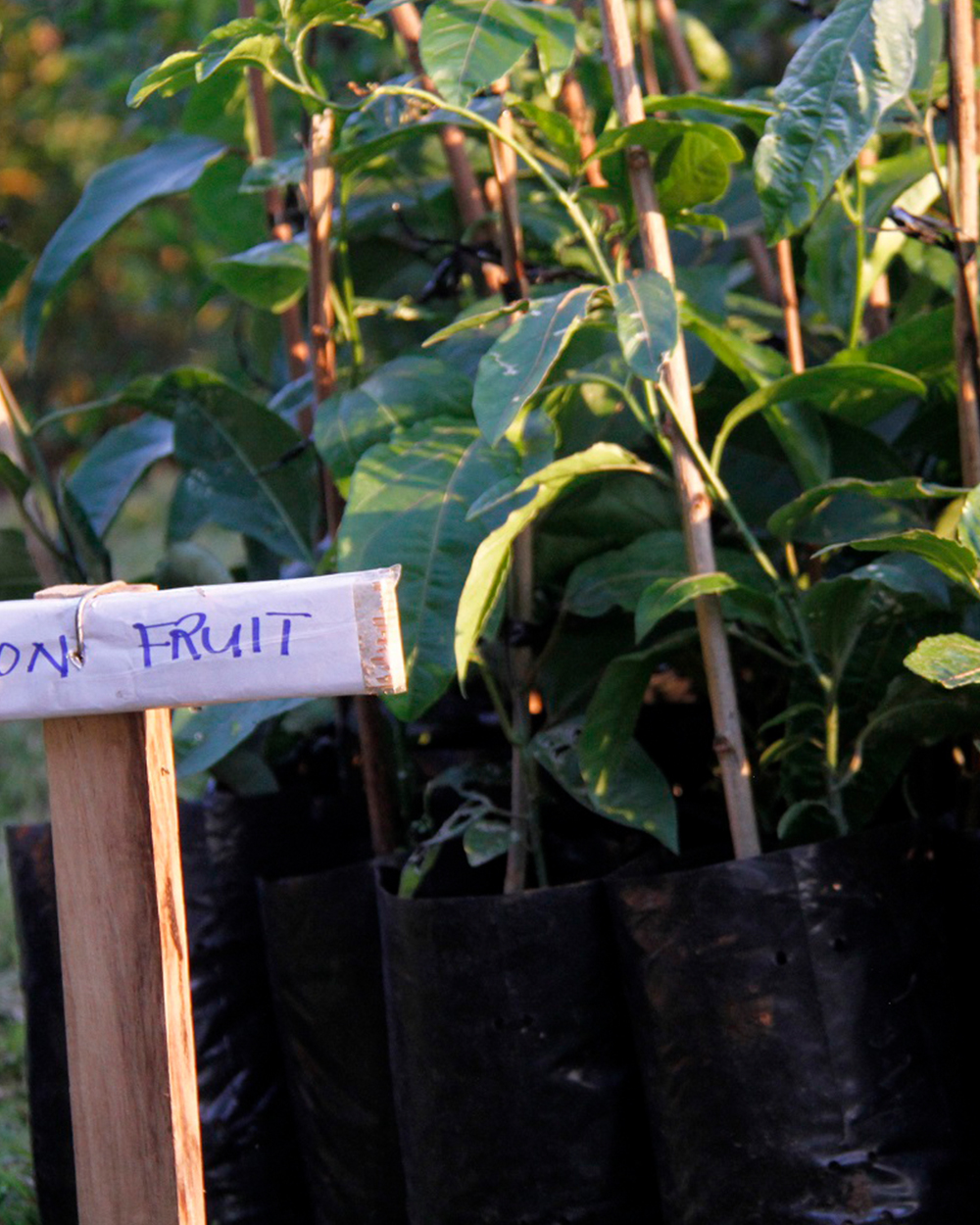Purple passion fruit, scientifically known as Passiflora edulis, is a tropical fruit that belongs to the Passifloraceae family. It is native to South America but is now grown in many tropical and subtropical regions around the world. Purple passion fruit is known for its unique flavor, aromatic scent, and numerous health benefits.
Here are some key characteristics and information about purple passion fruit:
- Appearance: Purple passion fruit is typically round or oval in shape and has a tough, wrinkled purple or deep purple skin when ripe. The skin may also have some brown spots.
- Size: It is about the size of a tennis ball, typically measuring 5-7 cm (2-3 inches) in diameter.
- Flesh: Inside the fruit, you’ll find a jelly-like pulp that is yellow to orange in color. The pulp is filled with numerous small, edible black seeds.
- Flavor: Purple passion fruit has a unique sweet-tart flavor that is both tangy and tropical. It’s often described as a mix of fruity and floral notes.Health Benefits: Consuming purple passion fruit can provide several health benefits. It’s known for its potential to improve digestion, boost the immune system, and promote healthy skin. The high antioxidant content may also help protect against certain chronic diseases.
- Health Benefits: Consuming purple passion fruit can provide several health benefits. It’s known for its potential to improve digestion, boost the immune system, and promote healthy skin. The high antioxidant content may also help protect against certain chronic diseases.
- Varieties: There are several varieties of passion fruit, with purple passion fruit being one of the most common. Other types include yellow passion fruit and giant granadilla, each with its unique flavor and appearance.
- Culinary Uses: Purple passion fruit can be eaten fresh by scooping out the pulp with a spoon. It’s commonly used in fruit salads, desserts, and beverages. The pulp can also be strained to make passion fruit juice or used as a flavoring in various recipes.





Reviews
There are no reviews yet.